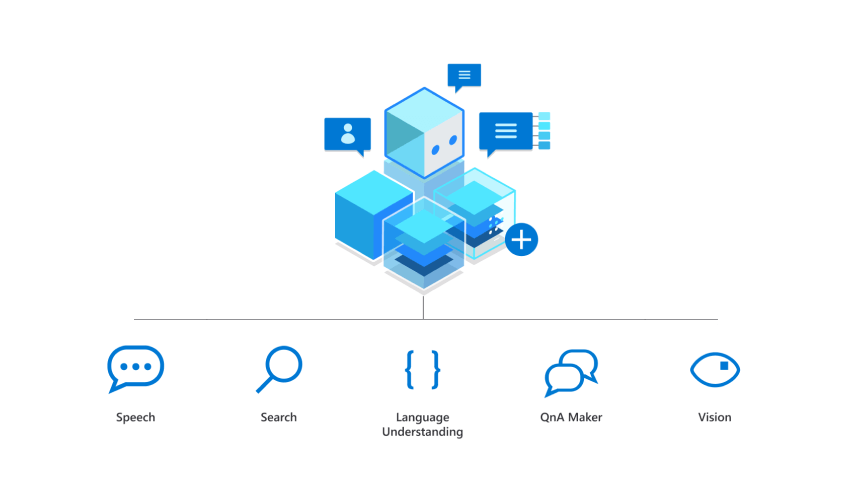Within the past several weeks the world has seen significant changes in many industries and domains. One of these is banking. There been an unprecedented shift of preferences toward digital experiences. Not only that, customers are starting to demand new and personalized services. Traditional banks are simply not equipped to provide these on their own. Strong collaborations between fintech firms and banks are necessary to make this happen. Bank-fintech partnerships have been largely tenuous so far. Here is a look at how this is changing.
The best features of banks
Conventional banks are among brands with the highest recall and market shares. They serve the vast majority of the citizenry. In terms of the sheer customer base fintech firms simply don’t come close to banks. Big banks also seem to have broadly the right range of products, from savings, to investments, to payment solutions. The conventional banking model has relied on customers visiting bank branches for everything from KYC verifications to cash deposits. The banks’ pace of the shift to digital services prior to lockdown has been underwhelming. Prevailing circumstances have necessitated for this pace to change drastically.
Merits of fintech companies
Small, nimble players in the fintech arena can offer many advantages. Their agility stems from the fact that unlike big banks they can operate independently of legacy systems. With their fail-fast approach they are early movers into emerging technologies. They use the power of the cloud to create scalable hi-tech solutions to present-day problems. Fintech firms have successfully digitized complex processes such as KYC verification. They have greatly improved mobile-based digital transactions and merchant payments, making them seamless and intuitive. Mobile banking and app-based banking would not have been possible without fintech companies. The $618 billion per annum global remittance space is heavily reliant on fintech players and their innovations.
Banks-fintech compatibility
If the digital solutions developed by fintech companies are to ever see the light of day, they must be embraced by banks. The strengths of banks and fintech firms are highly complementary. However, compatibility has been an issue. There is a world of difference between the two in terms of approaches, procedures, and ideologies. Banks are not comfortable with disruptive products and ideas. Most banks still work with legacy systems and traditional methods of developing new products. Banks prepare detailed plans, seek approvals, allocate resources, develop, test, and roll out products in stages. Almost all banking products we have today, from term deposits to home loans, were created with this approach. Because this path involves significant time and cost expenditure, there is no room for failure. The systems, processes, and people in banking continue to exhibit strong resistance to innovation.
The exact opposite applies to fintech firms. The fail-fast approach is their way of life. They explore several ideas, test each one, and quickly discard the ones that fail. Understandably, compatibility between banks and fintech companies has been a challenge. However, this has changed a lot in past weeks.
Embracing innovation
The shift in customer demands has made banks realize that the traditional approach won’t help them win new customers, or retain old ones. Unless they adapt, they’ll lose business to other players that are willing to adopt innovation. On the other hand fintech firms without major partners can find it difficult to stay afloat. Without a banking partner or a robust revenue model of their own, they risk failing or being acquired. Both banks and fintech firms stand to profit from collaborating.
Customers are demanding personalized solutions. As a result banks have become more receptive to innovations. They are seeking ways to incorporate fintech solutions into their systems, primarily at the customer-facing end of their services. However, this is only possible if mid and back-end processes are also digitized. To do these more banks are seeking fintech collaboration via partnerships, investments, or even acquisitions. There is a strong drive to make online and app-based banking more customer-friendly. Evidently the global effects of the spread of COVID-19 have served to forge closer partnerships between banks and fintech firms.
About the author:
Hemant G is a contributing writer at Sparkwebs LLC, a Digital and Content Marketing Agency. When he’s not writing, he loves to travel, scuba dive, and watch documentaries.






